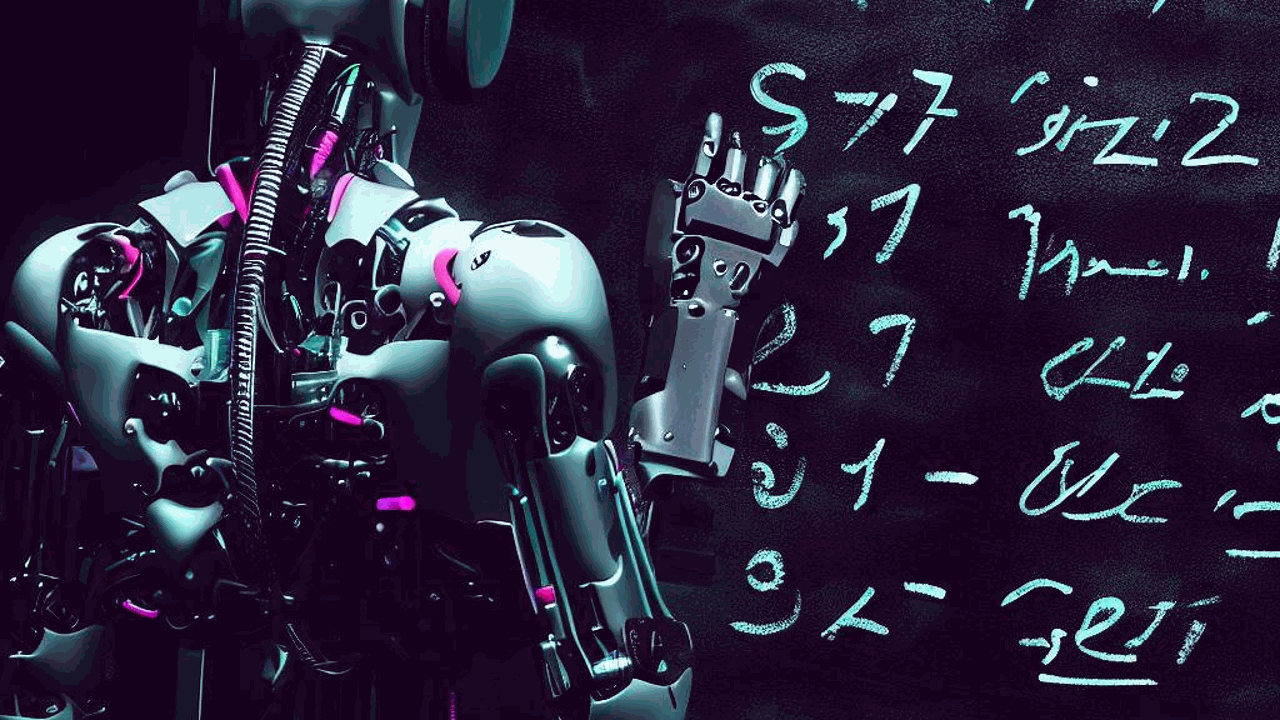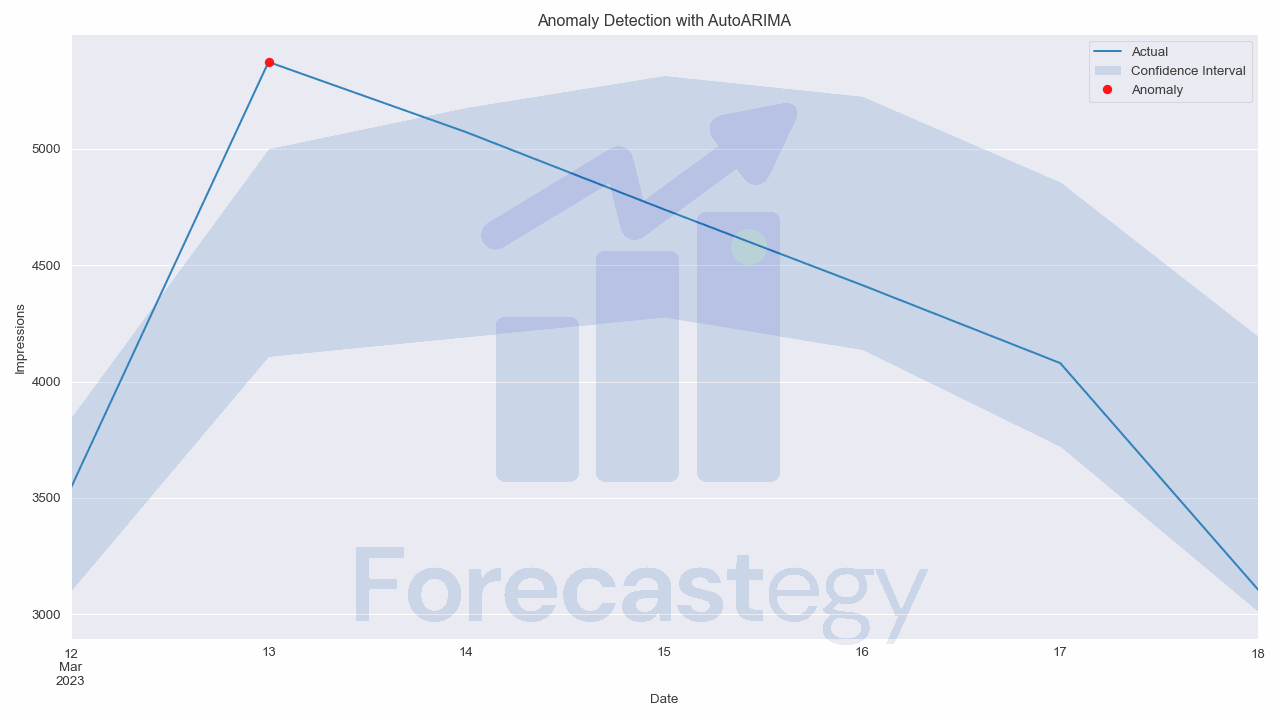
How To Deal With Categorical Variables in XGBoost
Working with categorical data in machine learning can be a bit of a headache, especially when using algorithms like XGBoost. XGBoost, despite being a powerful and efficient gradient boosting library, is made to work with numeric data. This means that you need to find a way to transform categorical data into a format that XGBoost can understand. This can be a time-consuming and complex process, especially if you’re dealing with a large number of categorical variables or categories....


















